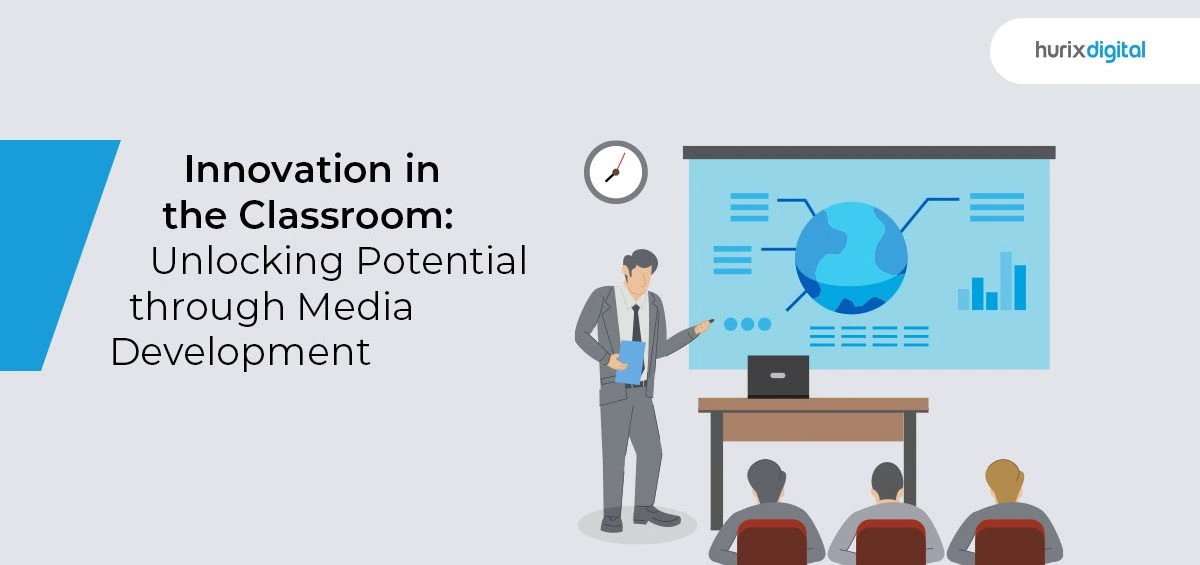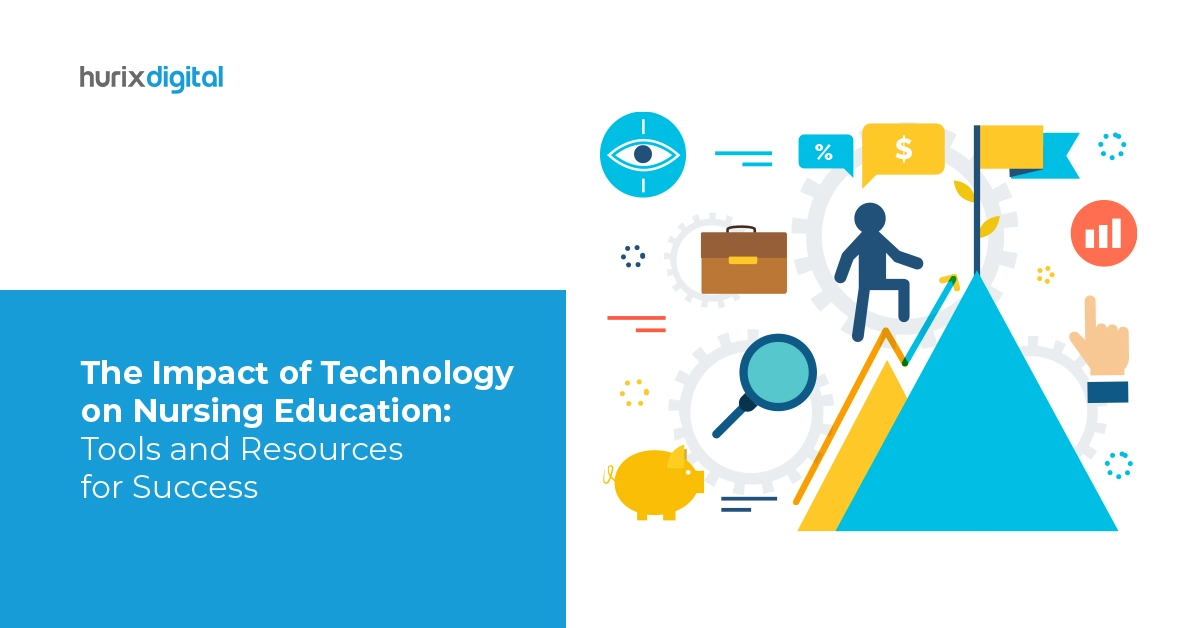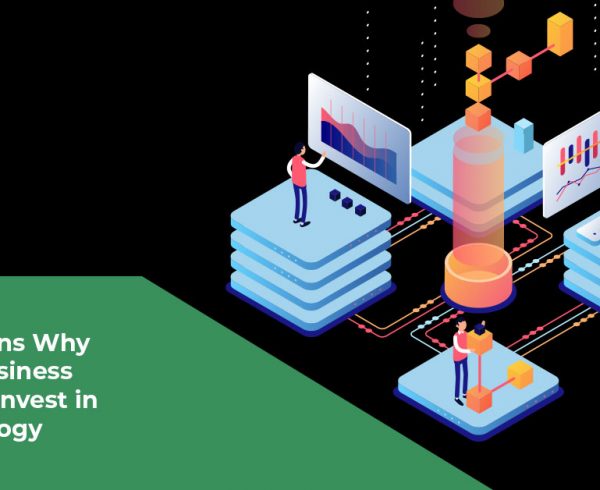Summary
This article provides an overview of media development and its various forms. It also highlights the benefits of media development and its various functionalities.
Digital content creation and online program development have proven to be real game changer for the education industry. With technological advancement, educators are creating and delivering educational content in a highly creative and engaging way. Classroom innovation now consists of virtual classrooms, gamified assessments, mixed reality, multimedia presentations, and much more.
If you are in the education industry and looking to integrate educational technology into the classroom, now is the best time to start. By introducing what is described as ‘flipped’ learning models, you can unlock the true potential of your students. You can incorporate media development strategies, real-time innovative teaching methods, and much more to create a truly immersive learning environment for your students.
Table of Contents:
What is Media Development?
Media development can be understood as the simple process of integrating classroom learning with multimedia tools and technologies like videos, audio, animations, and other digital content. By incorporating these elements, teachers can help students overcome the boredom often associated with traditional learning and truly enjoy the learning environment.
The extendable functionalities of the elements can make the learning process more customized, allowing teachers and educators to cater to students’ learning needs individually. Other benefits of media development and digital tools are real-time feedback, self-paced learning, etc., which foster a promising learning landscape for the students.
Also Read: Top 7 Innovations in K-12 Education
Forms of Media Development
1. Multimedia Presentations
Multimedia presentations have proven versatile and effective in imparting a personalized learning experience. The attractive images, informative videos, engaging animations, etc., make it easy for students to understand complex concepts and retain them for longer.
Additionally, multimedia presentations can also cater to learners with different learning styles. Visual learners can benefit from visual elements like images and animated graphics, whereas kinesthetic learners can learn from interacting physically with the elements.
Multimedia presentations also enable experiential learning by allowing learners to encounter real-world scenarios they might not have access to in their regular lives. Experiential learning goes a long way in bridging the gap between theory and practical application, offering valuable learning opportunities to students.
2. Virtual Simulations
Virtual simulations involve computer-generated environment simulations for students, enabling them to learn from hands-on training. This is a very creative approach that goes beyond the scope of traditional classroom teaching. The virtually simulated environment offers an opportunity for dynamic interactivity where learners can perform tasks, play games, communicate with each other, and much more. The multi-dimensional learning experience promotes deeper retention and the possibility of fostering deep interest in the subject matter.
However, some educational institutes might find it challenging to incorporate virtual simulations in their innovative teaching methods due to accessibility and affordability issues. Although statistics reveal that the education industry is responsible for 41% of the usage of virtual reality and simulations, simultaneously, the cost to customers is a significant adoption barrier. Once educational institutes find a way to overcome the initial pressure of the investment, virtual simulation can be a highly efficient and cost-effective learning tool in the long run.
3. Digital Collaborative Platforms
Digital collaborative platforms are online learning platforms and software that enable students to engage in collaborative learning, extensive knowledge sharing, and smooth communication. Various features of collaborative platforms work together to allow learners to experience an immersive and collaborative learning environment.
Another significant advantage of collaborative platforms, which proved to be highly useful during the global pandemic of COVID-19, was their remote accessibility regardless of geographical location. Learners and teachers can access the platform from anywhere at any time of the day on various digital apparatuses and screens.
Other advantages of digital collaborative platforms are online workshops, resource sharing, discussion forums, real-time communication, data analytics, instant feedback, and more.
4. Interactive Whiteboards
Interactive whiteboards are a form of media development that efficiently combines traditional learning with modern-day digital technology. Even when teachers employ multimedia in teaching and learning, they wish to utilize some traditional teaching practices for more holistic student growth.
With interactive whiteboards, teachers can utilize engaging visuals and continue using the whiteboard for real-time annotation. They can write and highlight key points on the whiteboard, encouraging real-time classroom collaboration.
Furthermore, an interactive whiteboard is a component of classroom innovation that can be implemented across all subjects and grades. E-learning and digital technology will continue to evolve. However, interactive whiteboards will always work as a perfect combination of modern and traditional teaching and continue to foster effective learning practices. Lastly, interactive whiteboards are also eco-friendly as they minimize the need for conventional whiteboard markers and paper.
5. Podcasts and Audio Content
In recent years, podcasts have emerged as a popular form of media development. Statistics reveal that podcasting will become a $94.88 billion industry by 2028. Podcasts are highly engaging and captivating as they utilize numerous elements, like storytelling, music, sounds, etc., to garner the listeners’ attention. Within the education industry, podcasts are used for delivering educational content and other informational material in the form of news, current affairs, interviews, etc.
Podcasts and audio content also offer inclusivity like no other form of media development. Students with visual impairments or other learning disabilities can easily access podcasts. Through podcasts, they can gather and process information they may find difficult to absorb through traditional text-based resources. Lastly, podcasts can also improve students’ listening comprehension, which is very important for other languages and academic learning.
Also Read: Transforming Education with AI: Innovations in Curriculum Design
Closing Thoughts
It is safe to say the various forms of media development can promise learners a highly versatile and engaging learning experience. From self-paced learning to personalized learning, the advantages of multimedia in teaching and learning are immense. As an educator, you must adapt these technologies to enhance the education and learning of your students.
If you need help with the same, you can contact us at Hurix Digital. With our advanced digital services, we can fulfill all your online program development and multimedia needs. We also provide other services like eLearning & training solutions, higher education solutions, K-12 content solutions, etc.
Contact our expert team now and get started now!








